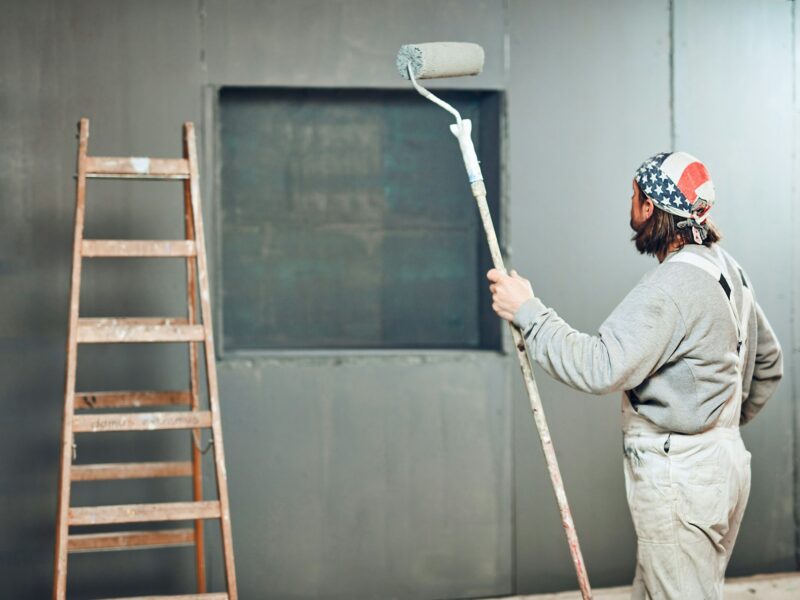Whether selling your home or buying one, you should include a sewer line inspection. A broken or damaged sewer line can leak sewage into the soil, which is a health hazard and costly to repair. A licensed plumber can use a camera to inspect the length of your private sewer lateral from the property line to the city’s main line. It complies with the SD5 Sewer Lateral Inspection Ordinance.
Cost
With the help of sewer line camera technology, plumbers can quickly and easily assess a property’s sewer line and identify any issues. These inspections can be a great way to prevent expensive repairs and maintenance. A sewer lateral inspection is typically required before buying a home or conducting major construction or renovations on a property.
It’s also a good idea for property owners to have their lateral inspected if they notice any problems. But what is sewer lateral inspection? The inspection process involves running a camera down the sewer pipe. A plumbing professional will evaluate the visual evidence and report what they found. They can tell you and the seller (if you’re selling your property) what work needs to be done.
A clogged or damaged sewer lateral can lead to waste backup, which puts your home at risk for property damage and health hazards. Sewer laterals become dirty over time, leading to congestion, clogging, and, in some cases, damage to the lines. A video inspection can help you pinpoint possible risks so that you can get them fixed before they cause severe damage.
Accessibility
The sewage lateral is the underground line that connects your home to the public sewer main. Over time, it can develop problems that cause backup waste and costly repairs to the property. Sewer lateral inspections provide you with vital information about the condition of this line so that you can make informed decisions about its maintenance.
The process involves using a sewer camera to inspect the lateral. The camera is inserted into the sewer cleanout at the property and pushed downstream toward the connection to the public line. The camera can detect obstructions, clogs, cracks, and other damage. It can also identify the location of the public line, which is helpful when locating and fixing any problems.
A professional plumber can use various tools and equipment to inspect a sewer lateral. These include light and portable cameras that can fit into tight spaces. Cues’ lateral inspection systems are designed to be lightweight and maneuverable, making them easy to use in various conditions. They also feature rugged construction to withstand the test of time and use.
Length
Many homeowners only think about their sewer lines once something goes wrong. When this happens, they are often surprised to learn that the issue is caused by a problem with their private sewer lateral (PSL). A PSL connects a home’s plumbing to the municipal sanitary sewer line and carries everything that washes down a sink or flushes a toilet. It also controls where groundwater and stormwater can enter the sanitary sewer system.
Over time, sewer laterals can become unclean, which leads to congestion and clogging. In certain situations, they may even harm the underlying pipes, resulting in a waste backup in homes. It can cause flooding and dangerous health hazards.
To prevent these problems, homeowners should have their PSLs inspected regularly. Performing a sewer scope inspection is simple, inexpensive, and effective. And for inspectors, offering this service can be a great way to increase revenue.
For those interested in expanding their services, consider taking classes on using a sewer camera and carrying an endorsement for it on your inspection insurance. It allows you to offer the service without changing your primary coverage and can help mitigate claims for your business.
Equipment
Over time, sewer laterals become clogged or damaged. It can cause wastewater to back into the home, resulting in property damage and health risks. Regular lateral inspections are required. The inspector will use specialized equipment to determine the condition of the lateral.
The most common equipment used is a push camera. It is inserted into a cleanout within two feet of the foundation and then pushed down to the lateral connection to the public sewer line. The inspection should cover the entire lateral length.
A second option is to use a maintenance hole scanner. This device sends a camera down a maintenance hole. It provides a side-scan image of the interior walls, allowing the specialist to detect obstructions, cracks, breaks, offsets, and root intrusion. The scanner can also detect lateral connections to other properties and determine the location of the clog or break. Whether the clog is in your house or the lateral connection to the public sewer, a licensed plumber can restore proper function and minimize costly repairs down the road.
Pipe Material
The underground pipe that carries your wastewater to the sewer mainline can be made of several different materials. You can prevent future emergencies and expensive repairs by being aware of the state of your private sewer lateral. A professional plumber can examine the condition of your lateral using a camera. This process is fast and safe and can save you money in the long run. A qualified technician can also recommend a course of action to improve your lateral’s performance and prevent future problems.
In some cases, a professional may recommend lining the lateral. This process involves installing a new, strong pipe inside your existing one, sealing off cracks, and improving flow from the house to the sewer main. A sewer lateral inspection can be necessary for purchasing a home or conducting significant renovations. It can also help you comply with Sanitary District No. 5’s sewer use ordinance. The ordinance requires that your lateral be inspected and tested every 30 years or whenever you perform work requiring lateral access.



